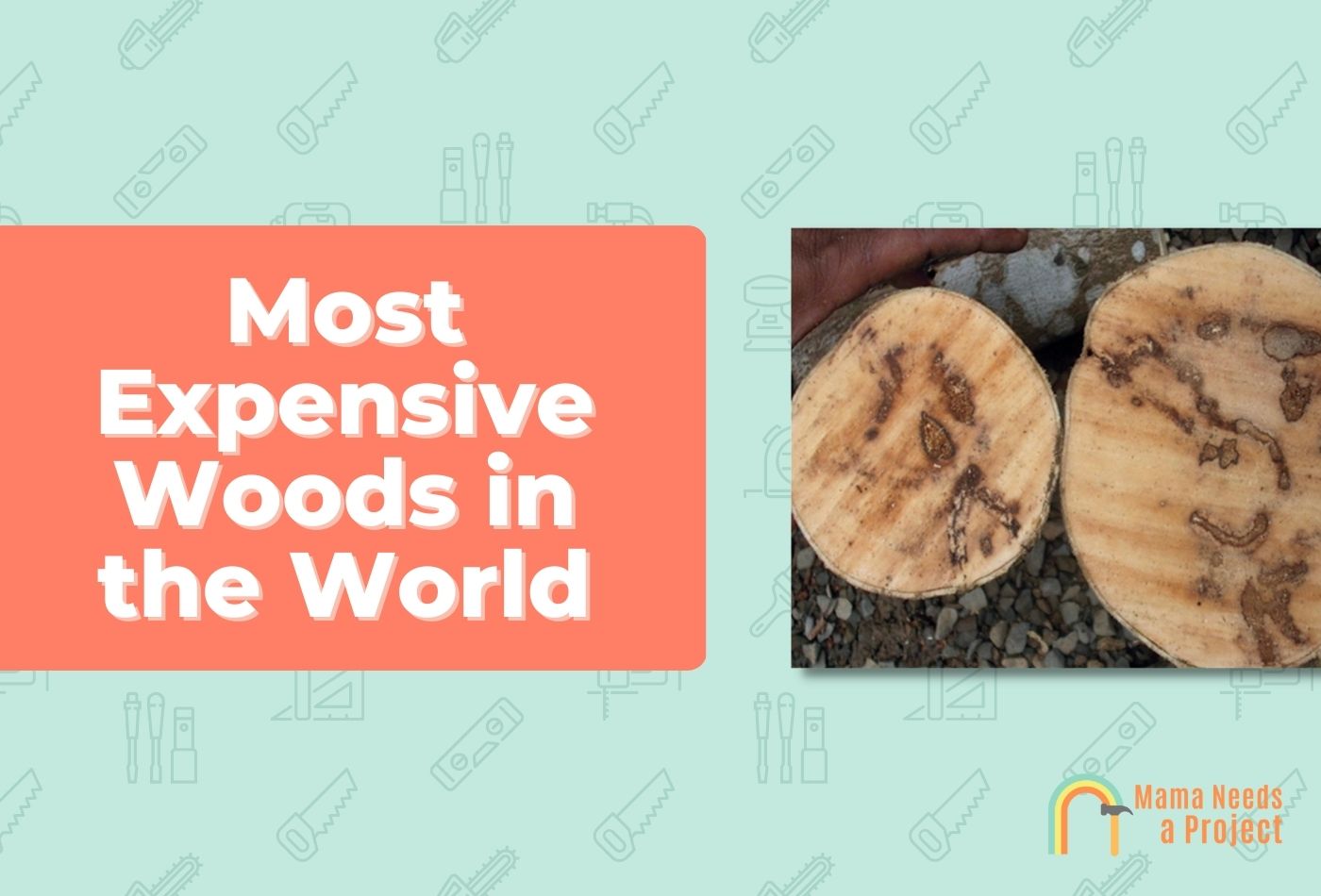Most Expensive Wood (12 Rarest Woods in the World)
Curious what the most expensive wood in the world is? You won’t find any cheap woods on this list!
In this post, I’ll explore what the most expensive woods are, how much some of these rare wood species cost, and what makes them so unique. Let’s dig in!
The most expensive wood is agarwood. Other expensive woods include: African black wood, sandalwood, koa wood, Brazilian rosewood, lignum vitae, cocobolo wood, purpleheart wood, bocote wood, holly tree wood, bubinga wood, and pink ivory. Several of these woods cost upwards of $100,000 per kilo.
1. Agarwood ($100,000 per Kilogram)
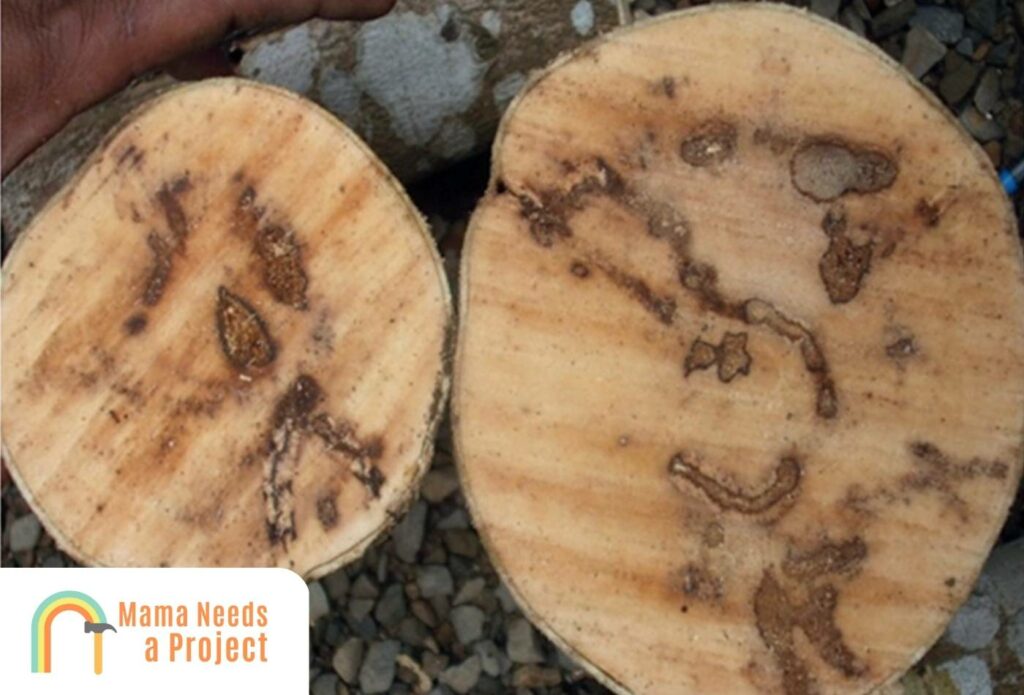
Agarwood is a beautiful wood that’s usually found in the rainforests of Southeast Asia, specifically in India, Thailand, Cambodia, Malaysia, and Papua New Guinea.
Otherwise known as aloeswood, eaglewood, or gharuwood, this hardwood is often used to make perfume, incense, and small wood carvings, and at present it’s the most expensive wood in the world.
Agarwood comes from aquilaria trees, and it’s formed as a result of a mold infestation. Specifically, when the tree secretes a resin known as aloes to combat the mold, agarwood is created.
Aloes is an aromatic resin, one that turns the aquilaria heartwood—which is light and pale before the infection—into the dark wood that is agarwood.
This resin is commonly used to make incense and perfumes, particularly in Southeast Asia and the Pacific Islands.
It’s also used for its medicinal properties, particularly to manage dysentery, gout, rheumatism, diarrhea, and paralysis.
Agarwood is a rare, expensive wood these days, mainly because of over-harvesting and loss of suitable habitats.
And because it’s dense and hard, it can be worked to make a range of durable furniture, including chairs, tables, vanities, desks, dressers, and bed frames.
This would can also be used to make sturdy door frames and window frames, though these are less common, mainly because of the wood’s value.
Need water resistant wood? Check out these lumbers that are great for rainy weather!
2. African Black Wood ($10,000 per Kilogram)

Another wood species that’s native to Africa, African blackwood is one of the rarest and most expensive woods on earth.
It’s usually black through and through, though some variations include coffee-colored streaks. It boasts a unique scent as well, though some have called its scent unpleasant.
This wood is naturally water-resistant and heat-resistant, and its fine pores make applying polyurethane and other finishes difficult.
But you don’t really need to add a protective layer to this already dense hardwood, as it holds up well on its own.
That said, adding a protective polyurethane barrier isn’t a bad idea, as this wood is valuable wood and should be treated as such.
African blackwood is used to make furniture, like chairs, tables, desks, vanities, benches, and dressers. It’s also used to make smaller furnishings, like clocks and mirrors.
This expensive, rare wood is used to craft a range of fine musical instruments as well, specifically violins, pianos, and other string instruments.
Because of its hardness, it’s best to carve this wood. It’s possible to saw African black wood, of course—this can be difficult.
One of the reasons why African blackwood is so rare is because it’s been over-harvested over the past couple decades. Also, the number of habitats suitable for growing this wood is unfortunately getting smaller.
Though native to the African continent, arboriculturists in Naples, Florida proved that African black wood can be grown in a tropical, North American climate.
3. Sandalwood ($20,000 per Kilogram)
Sandalwood is an aromatic, expensive wood that’s found throughout Southeast Asia, the southern Pacific Islands, and Australia.
A heavy, unique wood, it’s known for its distinct yellowish shade. It has an incredibly high wood density and is one of the most expensive woods because of it.
It has a fine grain, and it’s a durable, water- and heat-resistant wood that’s often used to make flooring.
Sandalwood can also be carved into fine furniture – which can make for a very cool piece.
And because of its sturdiness, it’s a suitable wood for door frames and window frames.
This is commonly used in oriental rituals and rites, and its powdered form is used to identify members of the Brahman caste, i.e. the high priests of the Hindu religion.
Powered sandalwood is also used to make small perfumed bags known as sachets which are meant to hold and freshen clothes.
Sandalwood oil, on the other hand, is used to make perfumes, soaps, scented candles, etc.
The oil is also used as a traditional medicine. In combination with other therapies, it’s given to help manage cold symptoms, urinary tract infections, digestive problems, muscle problems, and a range of other ailments.
4. Bubinga ($18.99 per Foot)
Bubinga is another rare, expensive wood, that comes in dark and light shades of reddish-brown.
Otherwise known as “African Rosewood”, it’s native to Africa, particularly Central Africa.
A heavy, thick wood, it’s been known to blunt cutters, often quite severely. That said, it’s generally easy to work this wood with hand and power tools.
Bubinga trees can grow to be quite large, and getting logs that are five feet in diameter from these trees isn’t uncommon. A single piece of large bubinga can be crafted into a tabletop or small door.
Some bubinga boards have a straight grain, while others feature an interlocked grain. If you’re working with an interlocked grain, it’s best to reduce the cutting angle.
As far as texture goes, bubinga is coarse, but even.
Bubinga boards are sometimes rife with gum pockets, which can prevent glue from working properly – something to keep in mind.
Since this wood is porous, it’s easy to stain, and it can boast some pretty high-quality finishes.
However, this wood can’t be treated with preservatives.
It’s used to make veneers, cabinets, paneling, high-end musical instruments, and a range of furniture.
Many knife handles are made out of bubinga, and small furnishings—clocks, mirrors, picture frames—can be carved from this tough yet malleable wood.
5. Pink Ivory Wood ($8 per Foot)
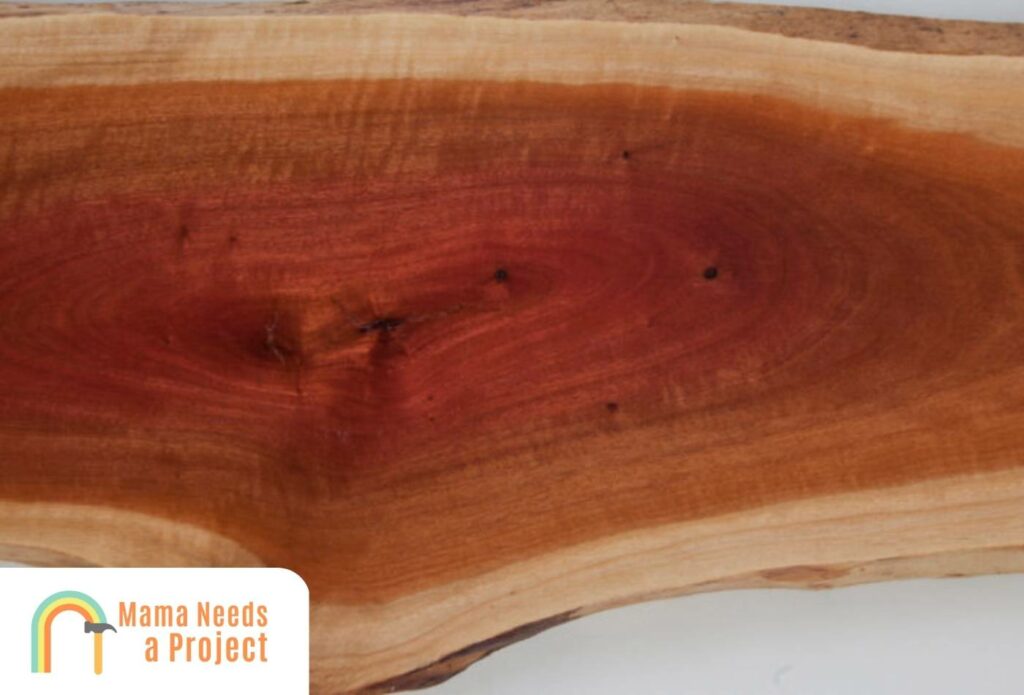
Otherwise known as “red ivory”, pink ivory is a high-value African wood that’s native to the southern part of Africa, and it’s been said that this kind of exotic wood that is rarer than diamonds.
Specifically, you can find pink ivory trees in Mozambique, Botswana, Zimbabwe, and South Africa.
It’s a sought-after wood because it’s rare and boasts unique colors. You can find pink ivory that’s a pale, brownish pink, and there’s pink ivory so bright it almost looks neon. There’s also deep-red pink ivory. The pink variations are the most expensive.
But despite its rarity, pink ivory isn’t on the IUCN Red List of Threatened Species.
Pink ivory wood has a fine texture and an even grain, and these qualities make it an ideal wood for cutlery, billiards equipment, chessmen, and veneers.
Pink ivory wood is also great for making furniture, and furniture that’s made of this unique, rare wood will always fetch a pretty penny, especially older pieces.
Despite being both rot- and weather-resistant, pink ivory is rarely used for outdoor applications, as it’s more of a decorative, interior wood.
Because of its hardness, it’s a bit hard to work, particularly when it comes to sawing. .
Pink ivory is dense and hard yet porous, so it can hold stain and other finishes quite well.
6. Bocote ($32.99 per Board Foot)
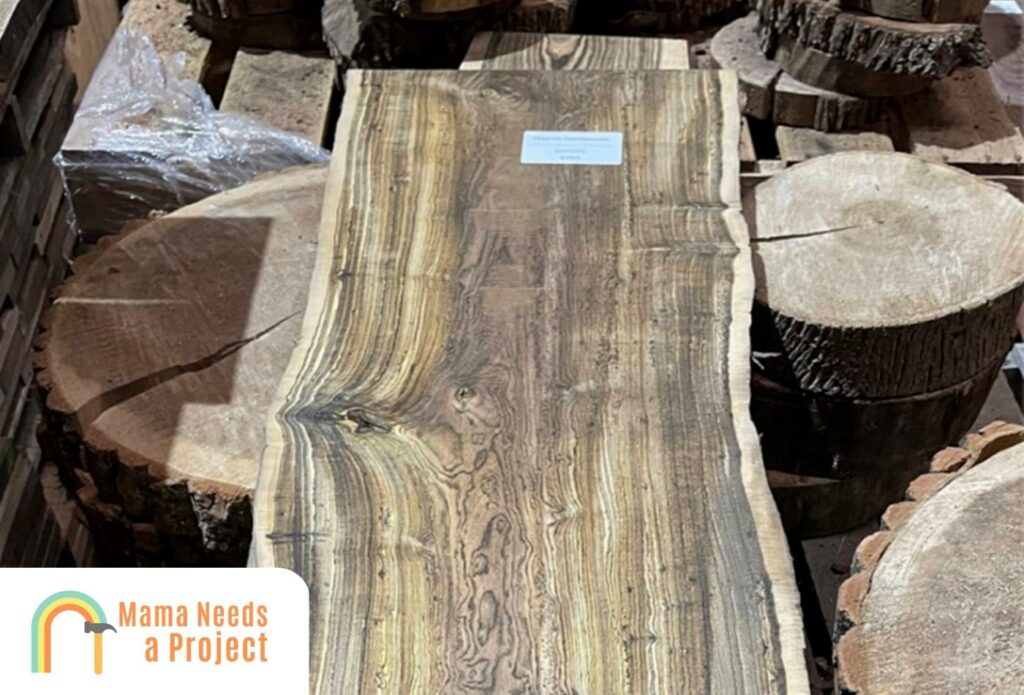
Bocote wood is found throughout Mexico, Central America, and the Caribbean.
It’s an expensive, decorative hardwood, that’s a popular alternative to many of the rosewood species that are currently on the CITES restriction list.
It’s easy to work with (for a hardwood) and it blunts cutters to a moderate degree, unlike the woods discussed thus far.
Because it’s an oily wood, it boasts a prominent luster when finished, and its large pores allow it to take stain, paint, and other finishes well. Its oily nature and large pores also make it glue-friendly.
Bocote wood is used to make billiard cues, gunstocks, musical instruments, veneer, flooring, small furnishings, and a range of high-quality furniture.
This wood comes in a range of light and dark shades, and one of its signature features are the dark, black streaks that form all sorts of unique patterns.
A piece of bocote wood can have an interlocked, plain, or straight grain.
Despite being a pretty dense and durable wood, bocote is prone to infestations, particularly by goat moths, deathwatch beetles, and house longhorn beetles.
Some say this wood gives off an offensive odor that resembles dill pickles.
Additionally, it’s been found that bocote wood dust can exacerbate allergies.
7. Holly Wood ($40 per Foot)
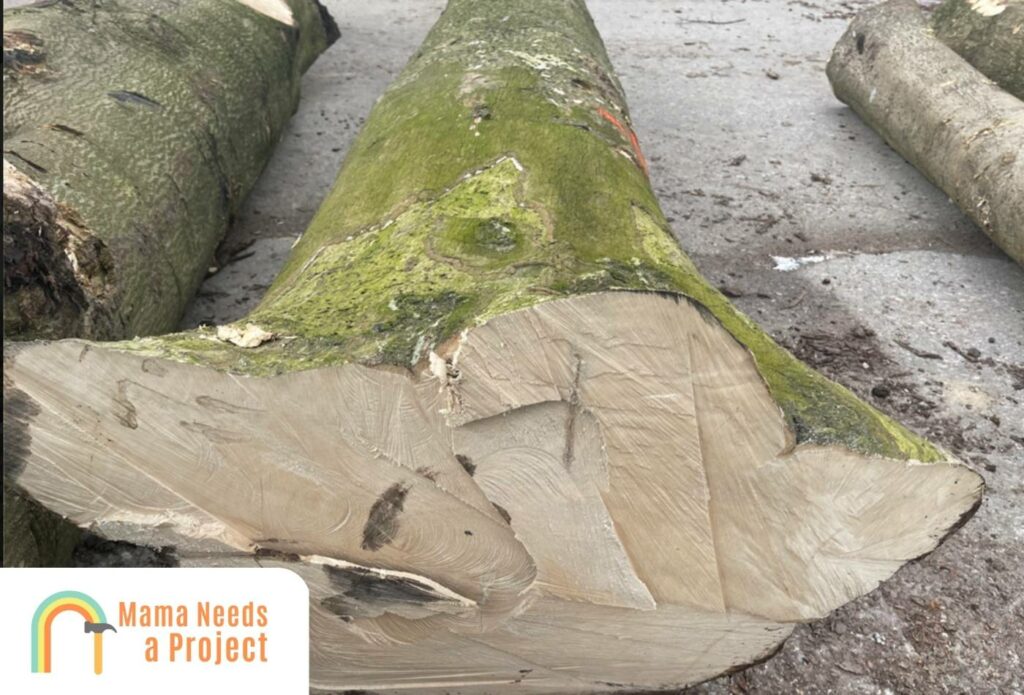
Holly wood, otherwise known as ilex opaca or “pure white wood”, is often referred to as the “whitest” of all the woods.
It’s native to mountainous, tropical areas, particularly those in Asia, Central America, and South America.
Often used to make fine art pieces, carvings, inlays, turnery, and piano keys, holly wood is a versatile wood that takes, paint, stain, and other finishes well—though often its natural color is kept and protected with a coating of varnish.
These trees are somewhat rare, in large part because they’re small and take a while to grow.
Despite being a tough, heavy, and dense wood, holly is especially prone to insect and fungi infestations. That said, since this wood is rarely exposed to either, this weakness isn’t that big of a deal.
Because of its irregular grain, holly wood is tough to saw or plane. But if you use the right tools, i.e. machine tools that are sharp and powerful, you can work holly no matter how irregular its grain is.
Holly trees are often cut in the winter, as the sun is generally weaker and not out as long during this season. See, too much exposure to direct sunlight can discolor holly wood, and once this happens it’s nearly impossible to get the natural color back.
The foliage and berries produced by holly trees are popular Christmas decorations.
8. Purple Heart Wood ($15 per Board Foot)
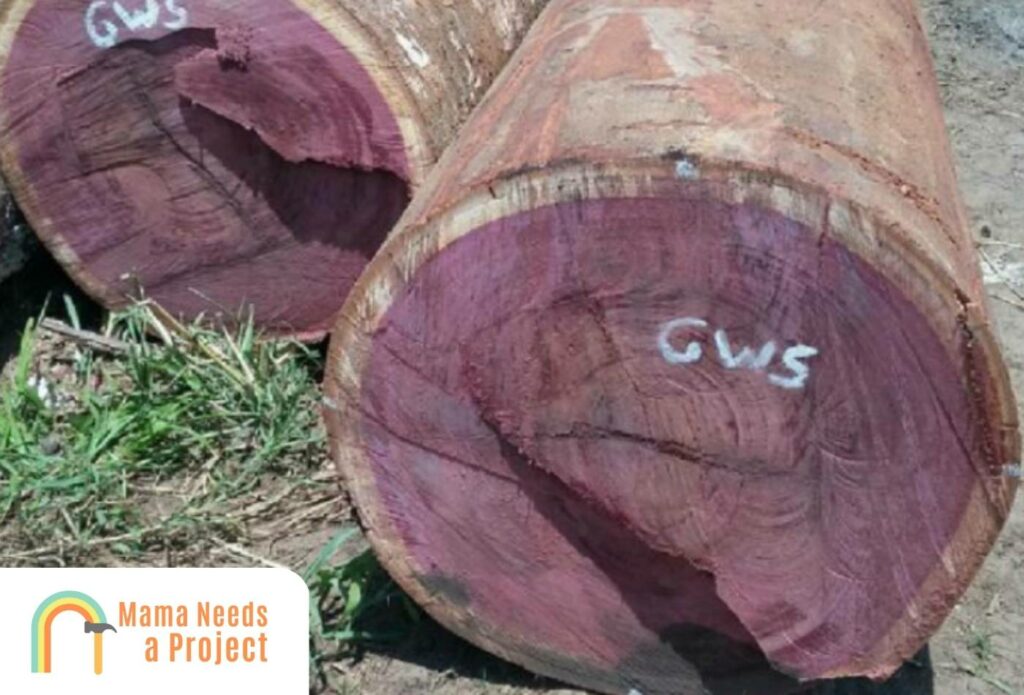
Freshly cut purple heart wood is usually a dull, purplish gray, but after days of UV exposure it changes to a rich, deep purple. After a few years, it’ll turn more brown, though there will still be hints of purple.
This wood is native to the Caribbean, parts of Central America and South America, and South Florida. It’s most common in the Caribbean, which explains why it’s the national flower of Jamaica and the national tree of the Bahamas.
The grain is either straight or irregular, it’s got a medium texture, and its natural luster is decent.
Purple heart wood is an extremely durable wood that resists rotting and insect infestations, though borers can wreak havoc on this expensive wood species.
When cutting this wood, you need to be careful not to make the wood too hot, as if you do it’ll excrete a gummy resin that can damage your tools, especially your saw. Additionally, a board with an irregular grain can be hard to plane.
Purple heart wood is regularly used for making musical instruments, turnery, flooring, cutlery, bowls, furniture, and ornamental boxes.
9. Lignum Vitae ($8 per Pound)
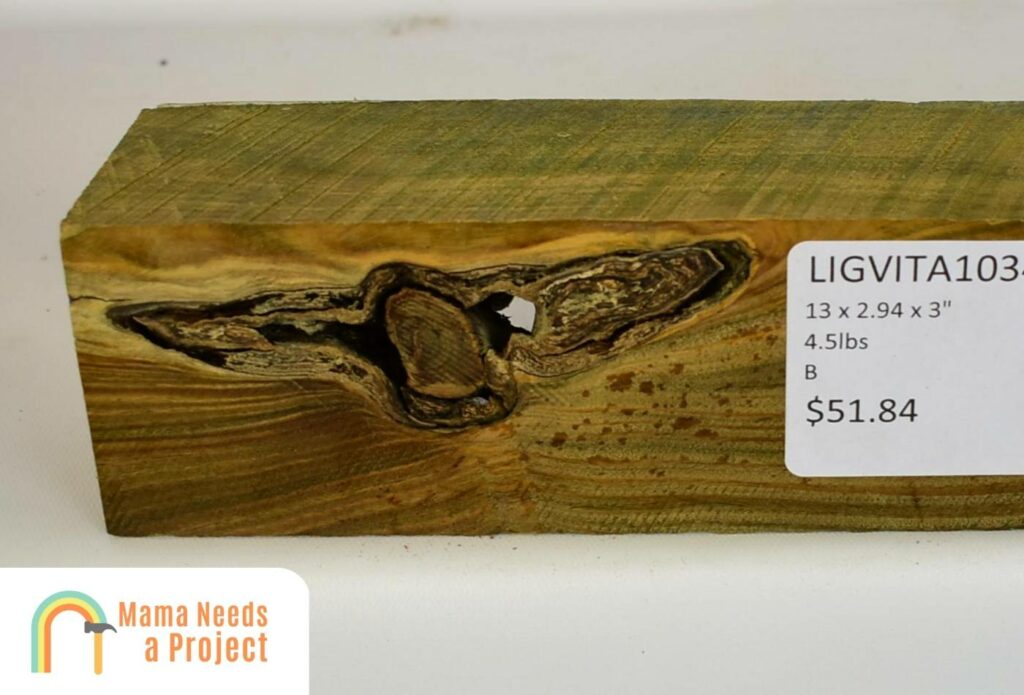
Lignum vitae is often olive or dark green, dark brown, or reddish. It gets darker with age, and you’d think light exposure would make it lighter, but it actually makes it DARKER.
Often featuring a distinctly interlocked grain, lignum vitae can be hard to plane.
Because it’s an oily wood, it has a prominent natural luster, and it often has a fine texture.
But this oily nature makes it hard for glue, paints, or stains to adhere to this wood.
It’s a durable wood, which is why it’s used for a variety of outdoor applications. It’s water- and insect-resistant, and it can withstand regular direct sunlight.
Because of its almost unparalleled density, you need to be careful when using jointers and cutters on this wood.
10. Cocobolo ($65 per Board Foot)
Cocobolo wood is native to many countries in Central America and South America, including Costa Rica, El Salvador, Honduras, Mexico, Nicaragua, Guatemala, and Panama.
This wood comes in a range of colors, like red, orange, yellow, and brown. Often, this wood is replete with black or purple streaks.
Cocobolo wood is usually light immediately after being cut, but it gets darker with the passage of time.
It can have either a straight or interlocked grain, and usually the texture is even and fine. It also has a decent natural luster which many people love – including myself.
Cocobolo is a durable hardwood, one that can resist both insect- and fungal-infestations. It’s rot-resistant too, and all of these qualities make it a suitable wood for outdoor applications.
This is another oily wood, however, so you may run into difficulty when gluing it; both painting and staining are also difficult for this reason.
Additionally, tear-out can happen if you’re planing a cocobolo board that has an interlocked grain, and its density can dull cutting tools quite quickly.
It’s currently an extremely rare wood, in large part because of its position on the CITES restriction list.
Among other things, cocobolo wood is used to make musical instruments, fine furniture, turnings, and small furnishings.
11. Koa Wood ($62 per Board Foot)
Koa wood is native to the islands of Hawaii, but because Koa seedlings are eaten by grazing animals, these trees don’t grow in large numbers.
Plus, since the mature trees are in hard-to-reach, often mountainous locations, Koa wood is one of the rarest and most expensive woods in the world.
It’s a very beautiful wood, that resembles mahogany with its reddish brown color, and usually there are ribbon-like streaks in the wood.
The grain is usually interlocked, and its texture is sometimes coarse.
Koa is not the most durable wood, and it can be ravaged by termites.
It’s easy to sand, but you may run into some difficulty if you’re dealing with an especially interlocked grain.
Sometimes applying glue to it can be a hassle, but for the most part it takes stain, paint, and other finishes well.
Ukuleles are often made of koa wood, and Fender even created limited-edition Telecasters and Stratocasters from koa.
This wood is also used to make carvings large and small, high-end furniture, and decorative veneers.
And back in the day, Hawaiian natives would make canoes out of koa, a practice that’s still carried out by their descendants today.
12. Brazilian Rosewood ($70 per Board Foot)
Also on the CITES restriction list is Brazilian rosewood, a chocolate-colored/purplish-brown wood that’s native to Brazil and nearby countries.
This uniquely colored wood often features black streaks that collectively resemble a spider’s web.
It has a rather coarse texture and large pores, so it take stain, paint, and other finishes well.
It’s a durable, decay-resistant wood, one that can repel insect and fungal infestations.
Because of its density, it can blunt cutting tools, but it’s easy to work overall.
It has a distinct rose-like smell, hence the name.
At present, Brazilian rosewood is used to make veneer, fine furniture, cabinets, musical instruments, flooring, turnery, and small wooden carvings.
FAQs
What is the rarest type of wood?
Agarwood is the rarest wood on earth. As such, it’s also the most expensive wood. You could easily spend five to six figures on an expertly crafted piece of agarwood furniture, depending on what it is, where it’s from, and how old it is.
What is the most expensive wood in America?
Rivaling agarwood in price and rarity is sequoia wood, which is found exclusively in North America, particularly in the Pacific Northwest. Sequoia trees are massive and unique, and these qualities are in large part what make their so sought-after and valuable.
Final Thoughts
The most expensive wood is agarwood – costing up to $100,000 per kilogram, but there are many other expensive woods you can find.
Most are unique, hardwoods that are difficult to harvest and are in high demand.

